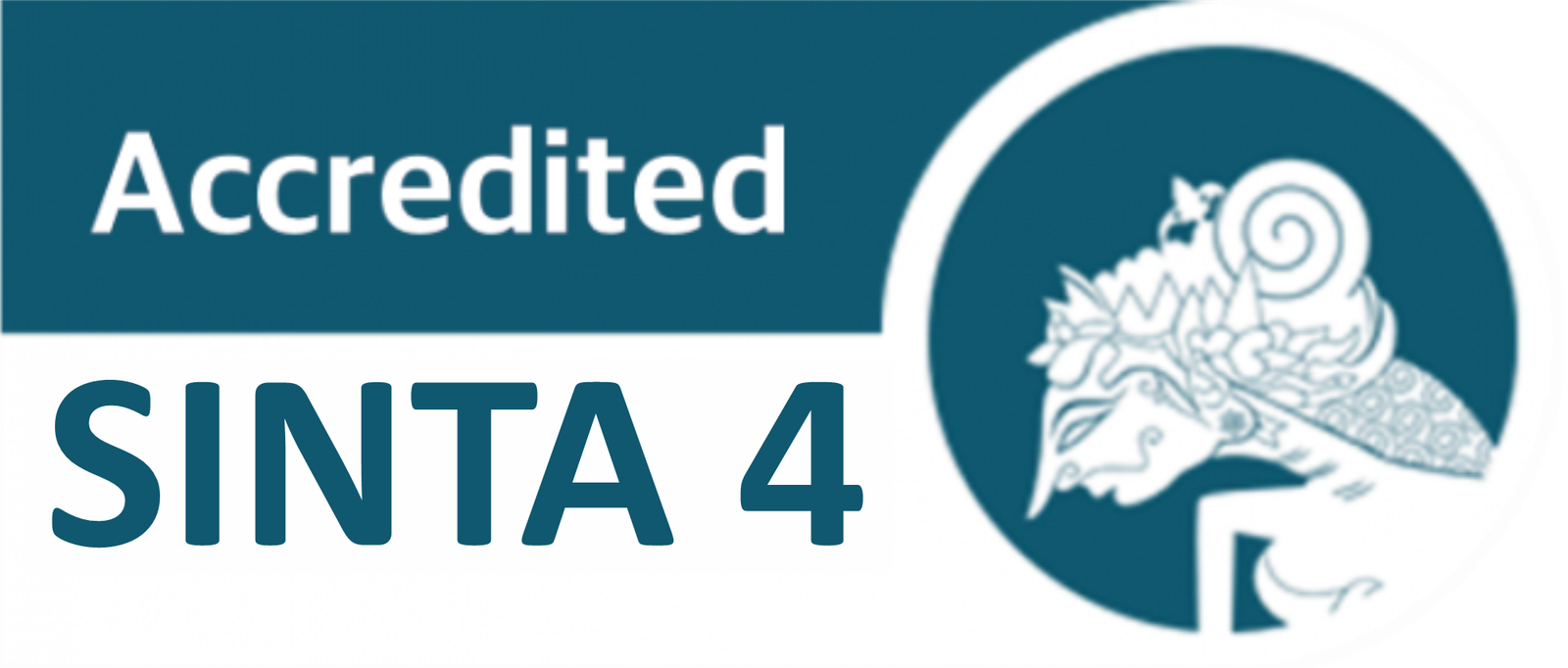Analysis of Internet Network Technology Online Training for Indonesian Navy Information Technology Employees Using Hierarchical Clustering
DOI:
https://doi.org/10.30605/jsgp.4.2.2021.1229Keywords:
hierarchical cluster, online training, internet network technologyAbstract
During the covid-19 pandemic, all institutions had a high dependency on information technology. Network strength is very important. Thus, an internet network technology course was conducted for information technology personnel of the Indonesian Navy. The training is conducted online. Studied learning success is associated with the initial data held, namely rank, gender, work experience in the field, previous education and learning activities, and age of participants. The data was clustered with the final test results to determine the clustering of training results and these factors. Based on the clustering it can be stated a good grouping of learning success in this pandemic period. From the 75 personnel data, we could made 5 clusters. Recommendation for internet network tools online training, especially in internet network technology, is that the participants of the course should have experience in internet and network, young and have good education level at least high school.
Downloads
References
Alaghbari, M. (2016). E-training & employees ’ performance a practical study on the ministry of education in the Kingdom of Bahrain E-Training & Employees ’ Performance a Practical Study on the Ministry of Education in the Kingdom of Bahrain. Journal of Resources Development and Management ISSN 2422-8397 An International Peer-Reviewed Journal Vol.18, March.
Balcan, M. F., & Gupta, P. (2014). Robust hierarchical clustering. Journal of Machine Learning Research, 15, 4011–4051. https://doi.org/10.1184/r1/6476297.
Basargekar, P., & Singhavi, C. (2017). Factors Affecting Teachers ’ Perceived Proficiency in Using ICT in the Classroom Prema Basargekar & Chandan Singhavi K . J . Somaiya Institute of Management Studies and Research , India. IAFOR Journal of Education, 5(2), 67–84. DOI: https://doi.org/10.22492/ije.5.2.03
Erman, N., Korosec, A., & Suklan, J. (2015). Performance of Selected Agglomerative Hierarchical Clustering Methods. Innovative Issues and Approaches in Social Sciences, 8(1), 180–204. https://doi.org/10.12959/issn.1855-0541.iiass-2015-no1-art11. DOI: https://doi.org/10.12959/issn.1855-0541.IIASS-2015-no1-art11
Mulyanti, B., Purnama, W., & Pawinanto, R. E. (2020). Distance learning in vocational high schools during the covid-19 pandemic in West Java province, Indonesia. Indonesian Journal of Science and Technology, 5(2), 271–282. https://doi.org/10.17509/ijost.v5i2.24640. DOI: https://doi.org/10.17509/ijost.v5i2.24640
Mustajab, D., Bauw, A., Rasyid, A., Irawan, A., & Hamid, M. A. (2020). Working from Home Phenomenon as an Effort to Prevent COVID-19 Attacks and Its Impacts on Work Productivity Duta. The International Journal Of Applied Business, 4(1), 13–21. https://doi.org/http://dx.doi.org/10.20473/tijab.V4.I1.2020.13-21. DOI: https://doi.org/10.20473/tijab.V4.I1.2020.13-21
Rani, Y., & Rohil, H. (2013). A study of hierarchical clustering algorithms. International Journal of Information and Computation Technology, 3(11), 537–541.
Sudhakar, R., & Basariya, S. R. (2017). Perspectives and the factors influencing effectiveness of training and development on employees’ performance. International Journal of Civil Engineering and Technology, 8(9), 135–141. https://doi.org/10.13140/RG.2.2.31918.15684.
Suharjo, B., & Utama, M. S. Y. (2021). Data Mining dengan Rapidminer. Jaya Gemilang.
Thankachan, S., & Suchithra. (2017). Data Mining & Warehousing Algorithms and its Application in Medical Science - A Survey. International Journal of Computer Science and Mobile Computing, 6(3), 160–168.
Wahyuni, S., & Aryo Jatmiko, Y. (2018). Pengelompokan Kabupaten/Kota di Pulau Jawa Berdasarkan Faktor-Faktor Kemiskinan dengan Pendekatan Average Linkage Hierarchical Clustering. Jurnal Aplikasi Statistika & Komputasi Statistik Volume, 10(1), 1–8. DOI: https://doi.org/10.34123/jurnalasks.v10i1.197
Widyawati, W., Saptomo, W. L. Y., & Utami, Y. R. W. (2020). Penerapan Agglomerative Hierarchical Clustering Untuk Segmentasi Pelanggan. Jurnal Ilmiah SINUS, 18(1), 75. https://doi.org/10.30646/sinus.v18i1.448. DOI: https://doi.org/10.30646/sinus.v18i1.448
Witten, I. H., Frank, E., & Hall, M. a. (2011). Data Mining: Practical Machine Learning Tools and Techniques (Google eBook). In TEXT BOOK. http://books.google.com/books?id=bDtLM8CODsQC&pgis=1.
Zhang, P., Wu, X., Wang, X., & Bi, S. (2015). Short-term load forecasting based on big data technologies. CSEE Journal of Power and Energy Systems, 1(3), 59–67. https://doi.org/10.17775/cseejpes.2015.00036. DOI: https://doi.org/10.17775/CSEEJPES.2015.00036
Downloads
Published
How to Cite
Issue
Section
License
In submitting the manuscript to the journal, the authors certify that:
- They are authorized by their co-authors to enter into these arrangements.
- The work described has not been formally published before, except in the form of an abstract or as part of a published lecture, review, thesis, or overlay journal.
- That it is not under consideration for publication elsewhere,
- That its publication has been approved by all the author(s) and by the responsible authorities – tacitly or explicitly – of the institutes where the work has been carried out.
- They secure the right to reproduce any material that has already been published or copyrighted elsewhere.
- They agree to the following license and copyright agreement.
License and Copyright Agreement
Authors who publish with JSGP agree to the following terms:
- Authors retain copyright and grant the journal right of first publication with the work simultaneously licensed under Creative Commons Attribution License (CC BY-SA 4.0) that allows others to share the work with an acknowledgement of the work's authorship and initial publication in this journal.
- Authors are able to enter into separate, additional contractual arrangements for the non-exclusive distribution of the journal's published version of the work (e.g., post it to an institutional repository or publish it in a book), with an acknowledgement of its initial publication in this journal.
- Authors are permitted and encouraged to post their work online (e.g., in institutional repositories or on their website) prior to and during the submission process, as it can lead to productive exchanges, as well as earlier and greater citation of published work.














